Classic cars are more than just vehicles; they are pieces of art and history that evoke nostalgia and admiration. Customizing the interiors of these timeless automobiles is an art form that combines respect for tradition with personal expression. The delicate balance of preserving authenticity while infusing individuality into classic car interiors requires both skill and passion.
Understanding Classic Car Interiors
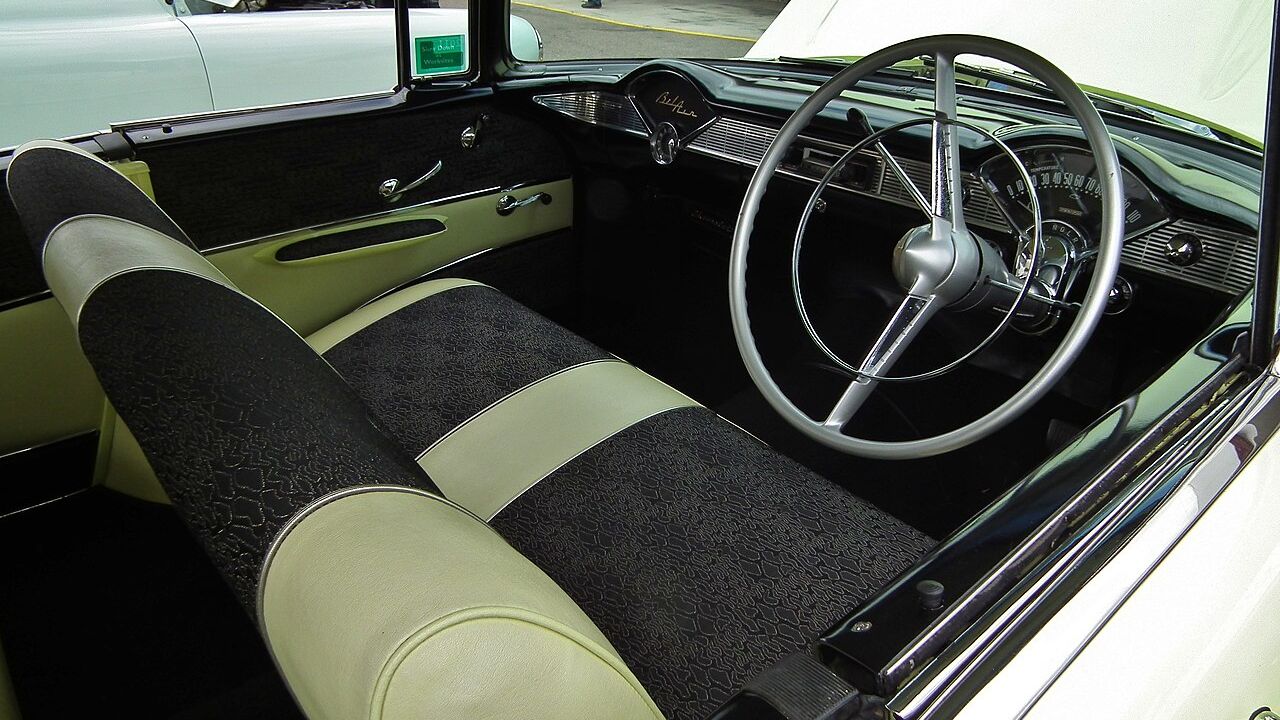
Historical Significance
The interiors of classic cars are rich with historical significance, reflecting the design sensibilities and technological advancements of their time. Iconic models like the 1961 Jaguar E-Type or the 1957 Chevrolet Bel Air showcase unique design elements that tell stories of an era when automobiles were crafted as much for beauty as for function. Their interiors often featured a distinct combination of form and function, with dashboards that boasted elegant analog gauges and materials that spoke to the luxury and craftsmanship of the period.
Original Materials and Craftsmanship
Exploring the materials and techniques originally used in classic car interiors reveals a world of craftsmanship that is often absent in modern vehicles. Materials such as rich leather, polished wood, and chrome were common, each selected for its aesthetic appeal and durability. The hand-stitched upholstery and meticulously crafted details reflected a commitment to quality, with artisans pouring their skill into every stitch and surface. This dedication to authenticity is a fundamental aspect of what makes restoring and customizing classic car interiors so rewarding.
The Challenge of Authenticity
Maintaining authenticity while integrating modern conveniences is a significant challenge in classic car interior customization. Enthusiasts often strive to preserve the original look and feel, yet the desire for contemporary comforts such as advanced audio systems or climate control can lead to difficult decisions. Balancing these needs requires a thoughtful approach, ensuring that any additions or changes enhance rather than detract from the historical integrity of the vehicle.
Personalizing Classic Car Interiors
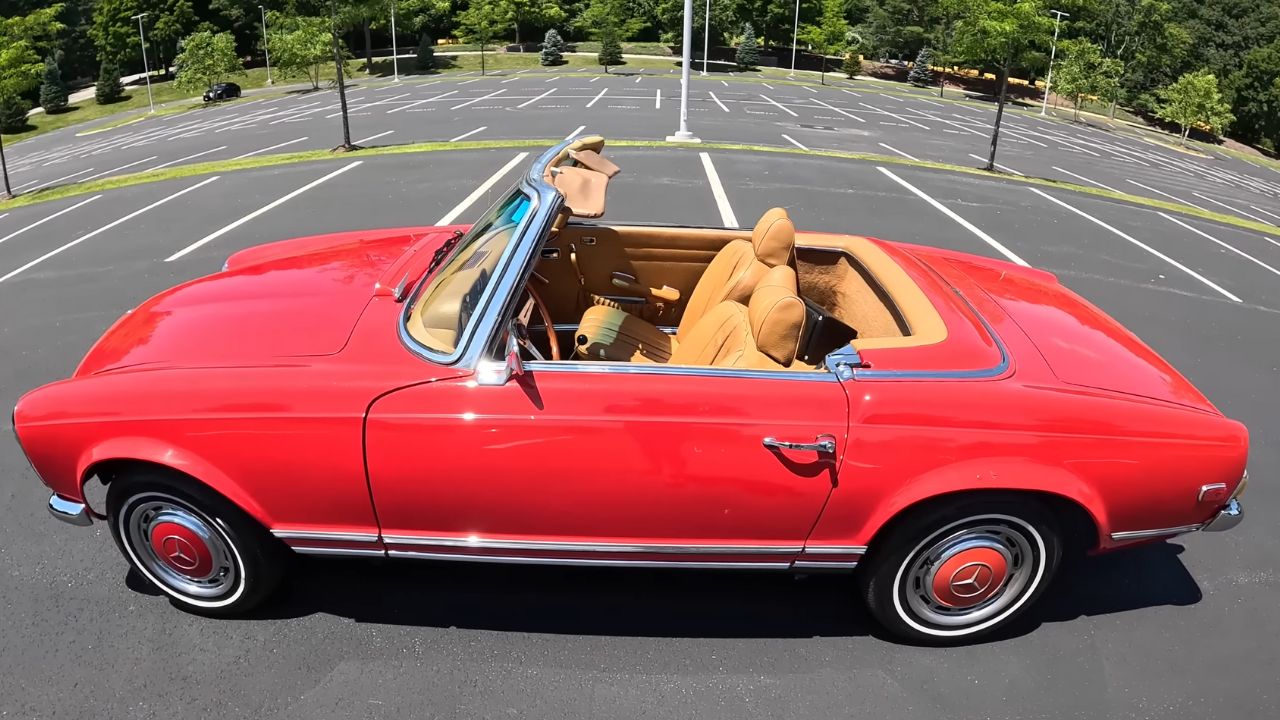
Choosing a Design Theme
Personalizing a classic car’s interior begins with choosing a design theme that honors its history while expressing personal style. Whether inspired by the sleek lines of the 1966 Ford Mustang or the luxurious appointments of a 1970 Mercedes-Benz 280SL, selecting a cohesive look involves understanding the car’s original aesthetic. The aim is to create a harmonious blend that respects the era’s design while incorporating elements that reflect individual tastes, such as colors, textures, and patterns.
Custom Upholstery Options
Custom upholstery is a powerful tool for refreshing a classic car’s interior without losing its vintage appeal. Options range from traditional leather and vinyl to more exotic materials like Alcantara or custom-printed fabrics. Colors and patterns can be selected to complement the car’s exterior or to make a bold statement. For example, a classic Porsche 911 might receive a new lease on life with vibrant tartan seat inserts, echoing the racing heritage while adding a touch of modern flair.
Innovative Technology Integration
Integrating modern technology into a classic car’s interior requires a delicate touch to avoid compromising its vintage aesthetic. Solutions such as hidden Bluetooth-enabled audio systems or discreetly installed navigation devices allow for modern convenience without detracting from the classic look. Technologies like Restomod Air offer climate control systems specifically designed for classic vehicles, ensuring comfort without sacrificing the period-correct appearance.
Sourcing and Selecting Materials
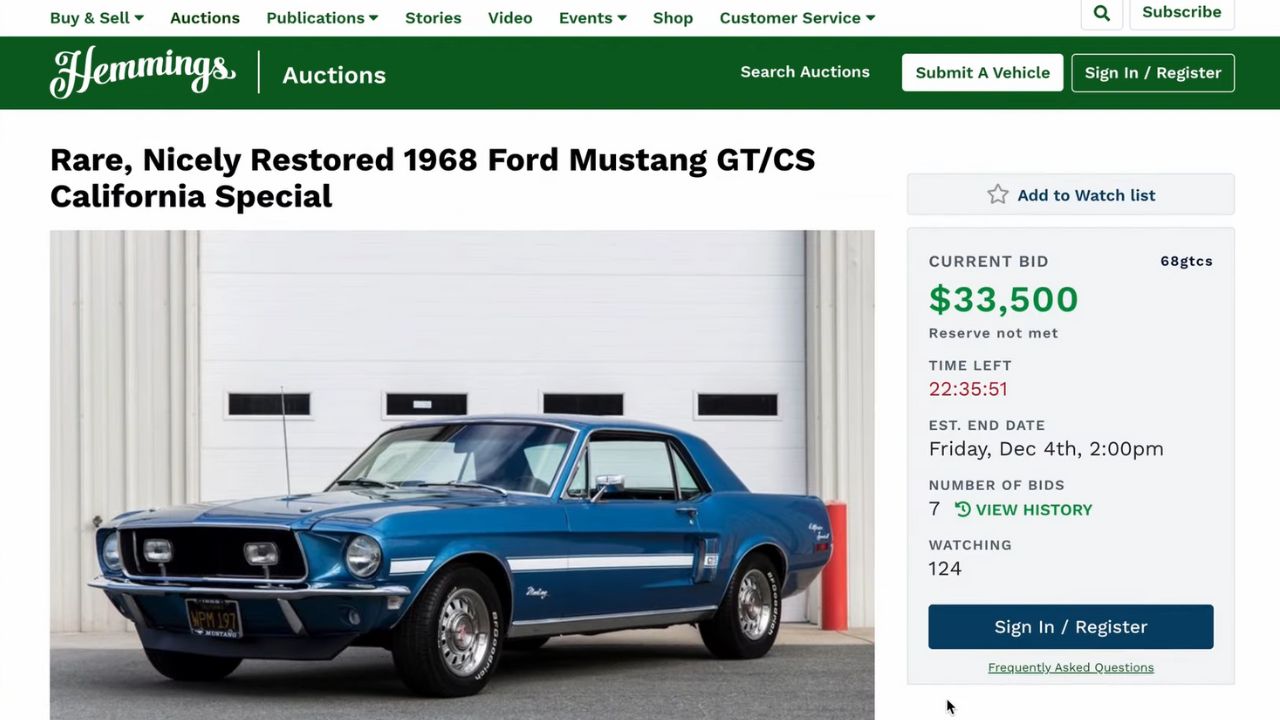
Locating Authentic Materials
Sourcing authentic or reproduction materials that match original interiors is crucial for maintaining a classic car’s integrity. Enthusiasts often turn to specialized suppliers and online marketplaces, such as Hemmings or Classic Industries, that focus on vintage automobile parts. These resources provide access to a wide range of materials, from original-spec fabrics to reproduction components that ensure a faithful restoration.
The Role of Artisans
Skilled craftsmen play a pivotal role in replicating and installing custom interior features. Their expertise in techniques such as leatherworking, wood veneering, and metal finishing is invaluable for achieving a professional-quality result. Collaborating with artisans who understand the nuances of classic car interiors can mean the difference between a satisfactory job and a truly exceptional one, preserving the vehicle’s charm while enhancing its uniqueness.
Balancing Cost and Quality
Balancing cost and quality is a common consideration when selecting materials for classic car interior customization. While high-quality materials often come with a premium price, investing in durable and authentic options can yield long-term benefits. Strategies such as prioritizing critical components or sourcing materials from reputable suppliers can help manage expenses without compromising on the quality of the finished product.
The Process of Customization
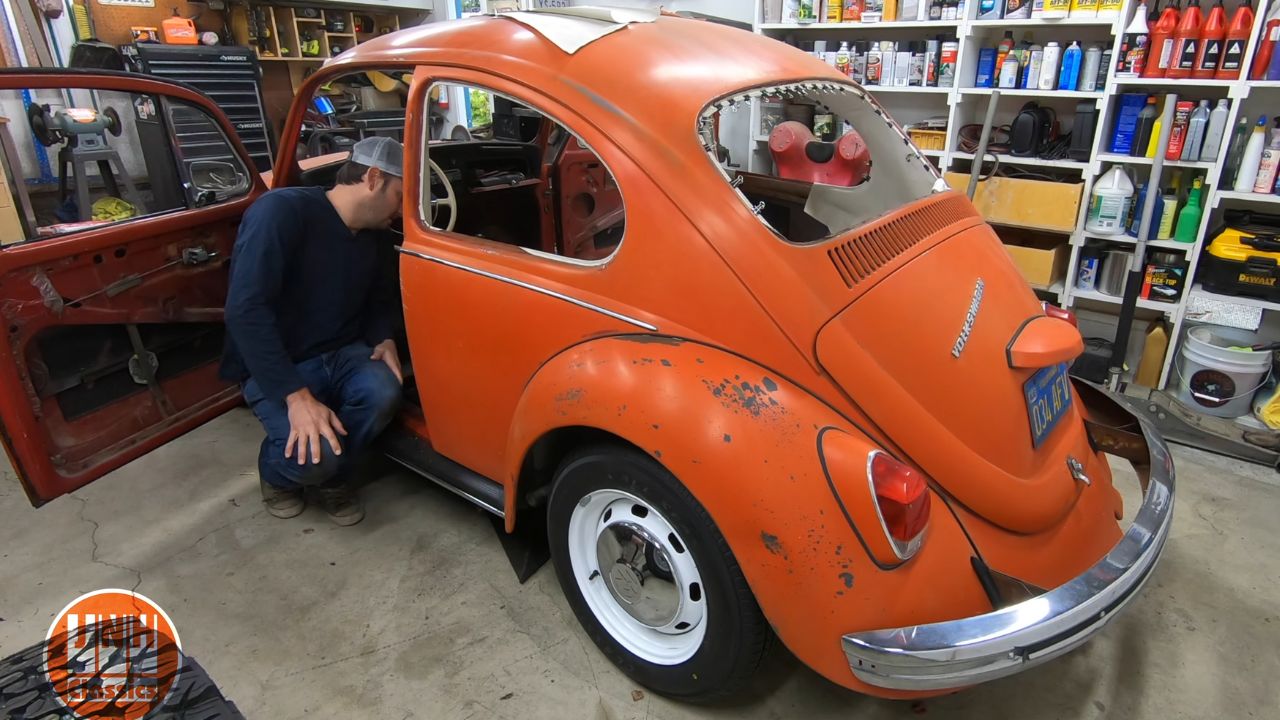
Planning and Preparation
Before beginning an interior customization project, thorough planning and preparation are essential. This includes researching the car’s original specifications, setting a realistic budget, and outlining the desired changes. Whether working on a vintage Volkswagen Beetle or a classic Aston Martin DB5, understanding the scope of the project and anticipating potential challenges can streamline the process and lead to a more successful outcome.
Working with Specialists
Selecting and collaborating with professionals who specialize in classic car restoration is a key step in achieving a high-quality interior customization. These specialists bring a wealth of knowledge and expertise, offering guidance on materials, techniques, and design choices. Building a strong working relationship with restoration experts can facilitate communication and ensure that the final result aligns with the owner’s vision and expectations.
Overcoming Common Challenges
Customization projects often encounter challenges such as sourcing rare parts or dealing with unexpected wear and tear. Solutions may include seeking alternative suppliers, considering custom fabrication, or employing creative problem-solving techniques. For example, when original parts for a classic Mini Cooper are unavailable, fabricating new components using modern materials can provide a suitable alternative while maintaining the car’s character.
Showcasing and Maintaining Your Customized Interior
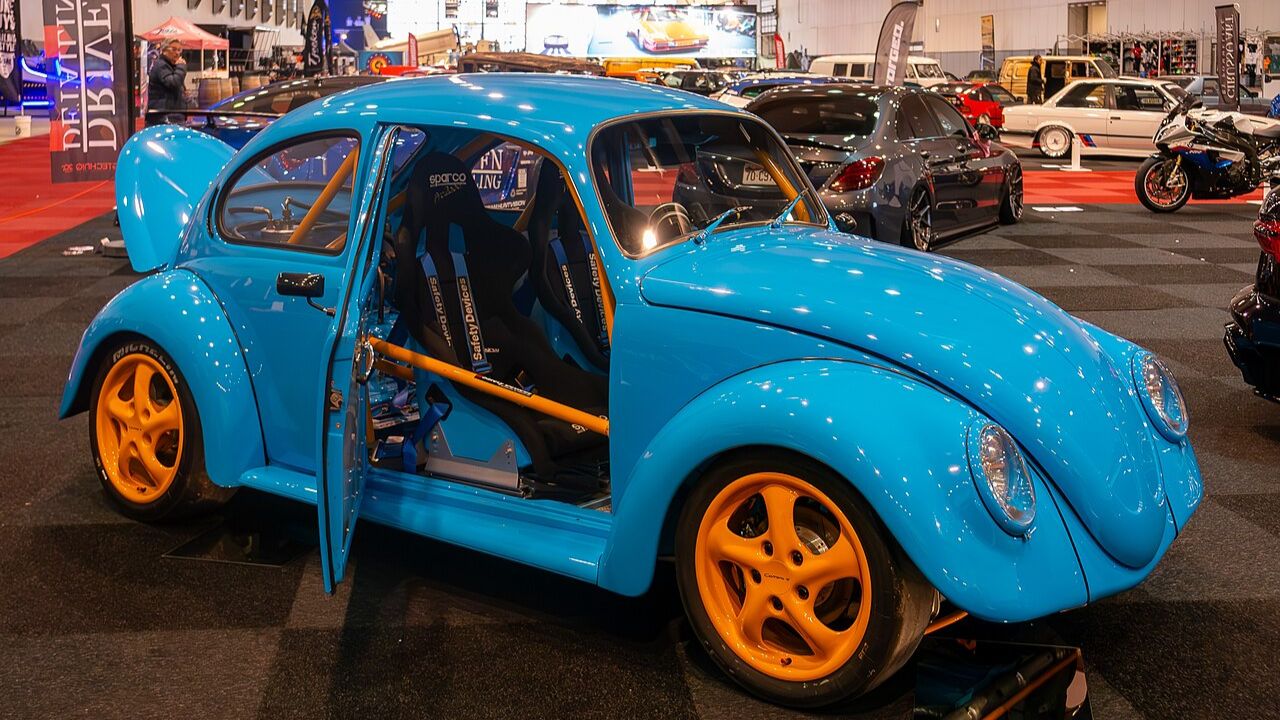
Displaying Your Classic Car
Once a classic car’s interior has been customized, showcasing it becomes an opportunity to share the results with fellow enthusiasts. Car shows, classic car rallies, and private gatherings offer platforms to display the vehicle and celebrate its transformation. Participating in events like the Pebble Beach Concours d’Elegance or the Goodwood Revival can provide recognition and appreciation from peers who share a passion for automotive history and design.
Interior Maintenance Tips
Preserving the look and feel of a customized interior requires regular maintenance and care. This includes routine cleaning, conditioning leather surfaces, and protecting materials from exposure to sunlight and moisture. Using products specifically designed for vintage cars can help maintain the interior’s appearance and extend its lifespan.
Sharing Your Journey
Encouraging car enthusiasts to document and share their customization experiences fosters a sense of community and inspires others embarking on similar journeys. Platforms like Instagram, YouTube, and dedicated automotive forums offer spaces to share progress, challenges, and triumphs. By connecting with a wider audience of classic car aficionados, individuals can exchange ideas, gain insights, and contribute to the preservation and evolution of automotive heritage.
Like Fast Lane Only’s content? Be sure to follow us.
Here’s more from us:
*Created with AI assistance and editor review.

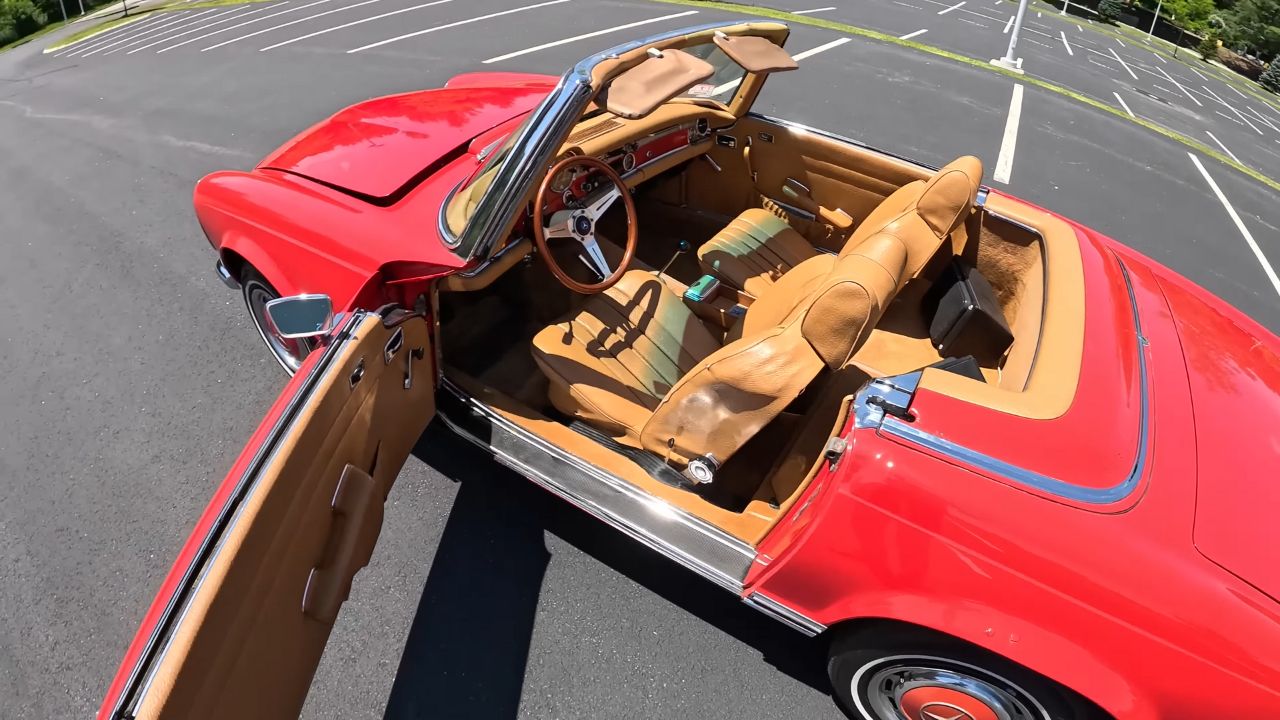
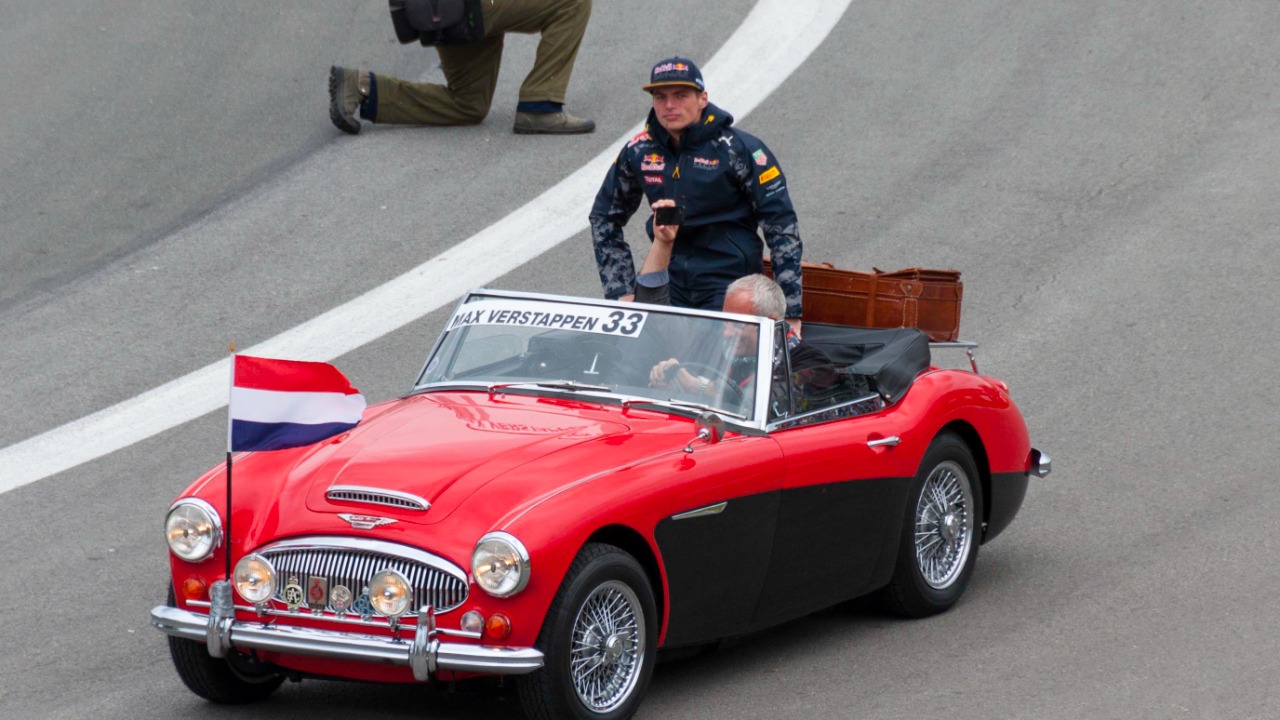
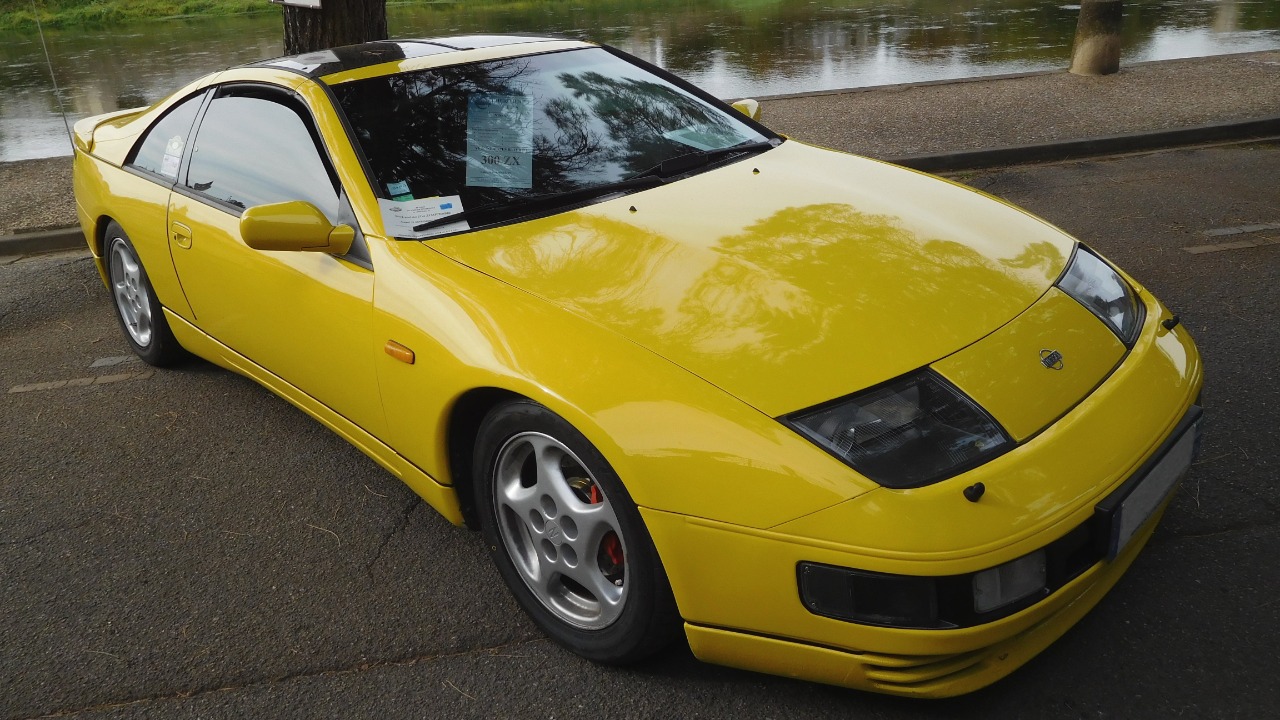
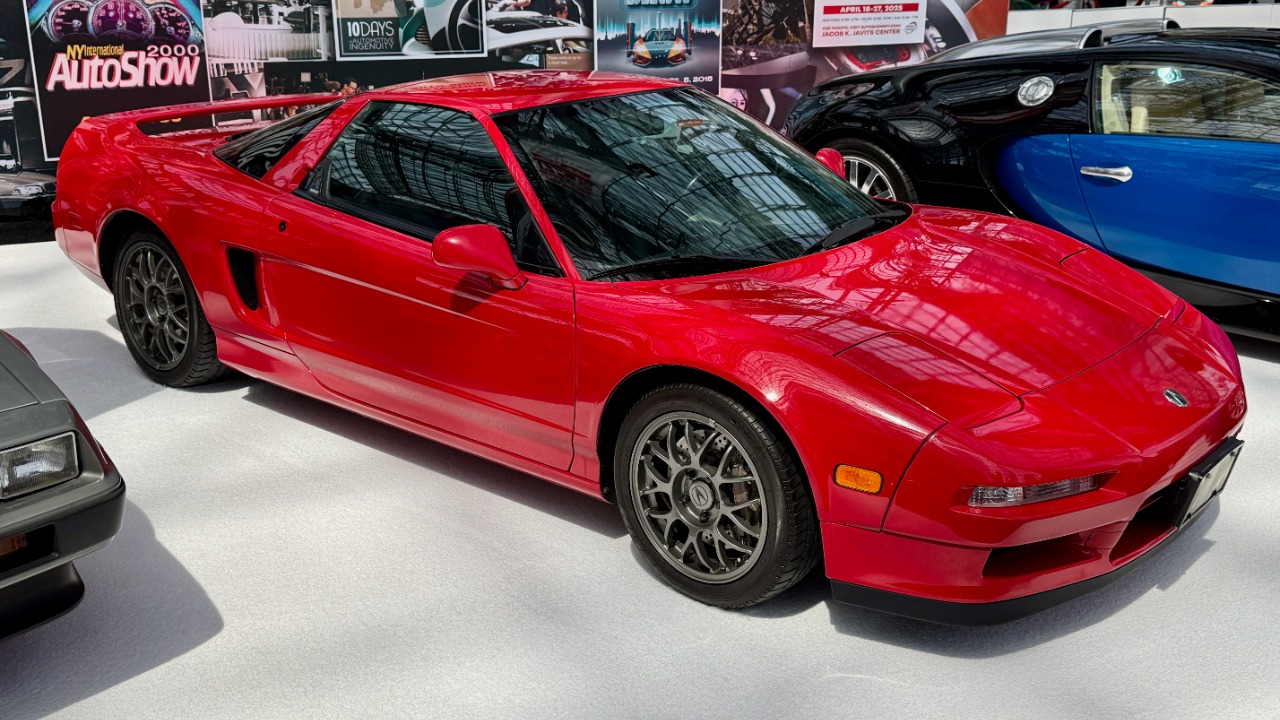
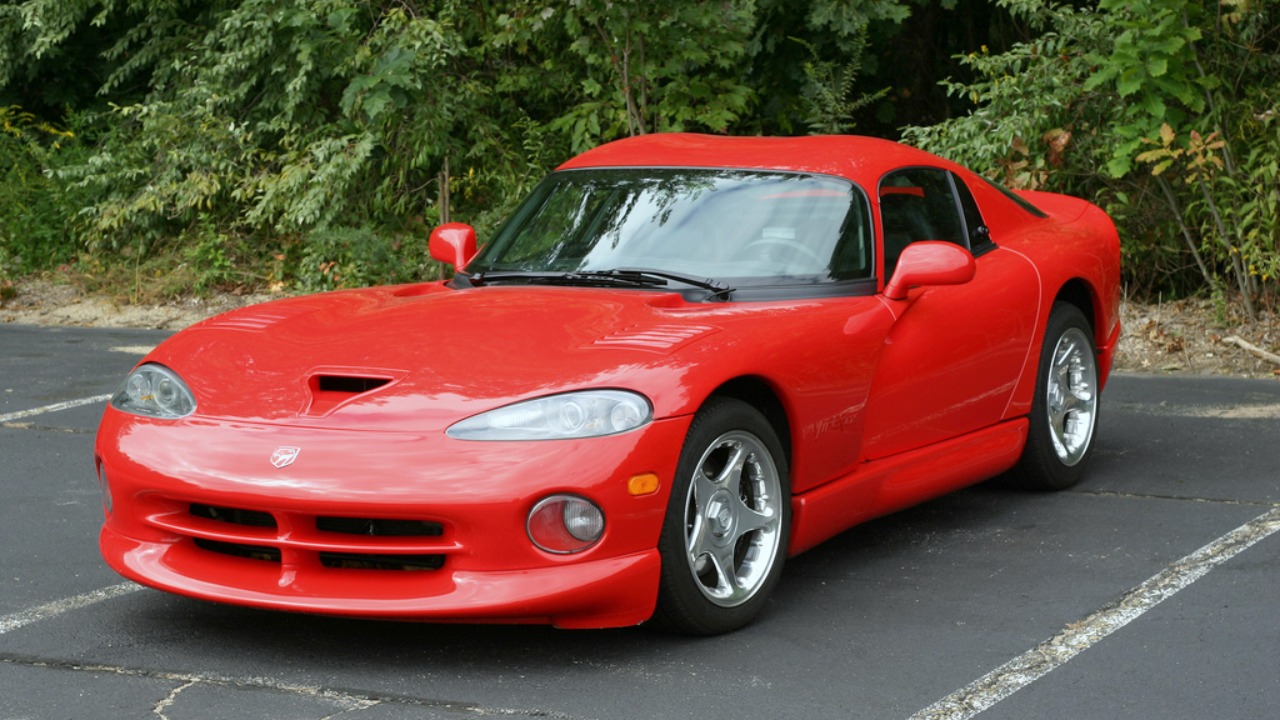

Leave a Reply